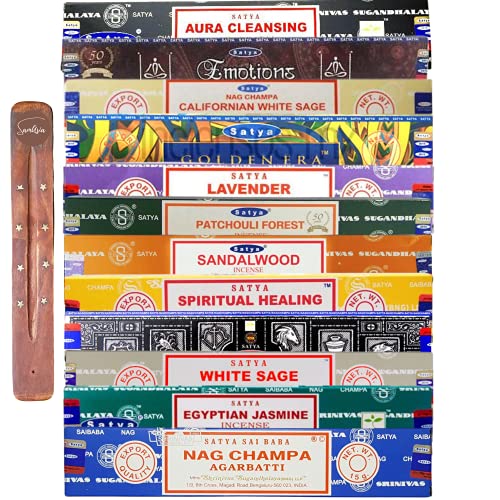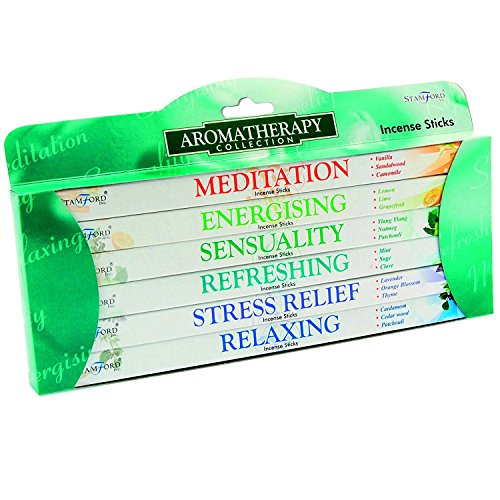The Origins of Incense: Ancient Times
Incense has a long and varied history, dating back to ancient times. The Babylonians, Egyptians, and Chinese all used incense in religious ceremonies and for medicinal purposes. In China, it was believed that the aromatic smoke of incense was capable of reaching the heavens, and it was used to communicate with the gods.
Incense in Western Civilization: From the Greeks to the Present Day
The Greeks and Romans eventually adopted the use of incense, introducing it to the Mediterranean world. They used incense in religious ceremonies, but also as a way to mask unpleasant smells. During the Middle Ages, incense was a prized luxury item, used by kings and the wealthy to scent their homes and clothing. Today, incense is used all over the world, for its calming effect, in religious ceremonies, and to create a pleasant scent in homes or offices.
The Different Types of Incense: Stick, Cone, and Resin
Incense comes in many different forms and is made from a wide variety of materials. The most popular types of incense are in stick and cone form, made by combining different fragrant oils with a binding agent such as charcoal or gum arabic. Resin-based incense, like frankincense and myrrh, is made from natural tree sap and is often used in religious ceremonies.
The Cultural Significance of Incense: From Religion to Meditation
Incense has played a significant cultural role throughout history, not just in religious practices, but also in meditation and yoga. It is often used to create a calming and soothing atmosphere, promoting relaxation and focus. Incense is also a popular tool in aromatherapy, as different scents are believed to have specific healing properties.
The Future of Incense: Sustainable and Ethical Practices
As consumers become more aware of the environmental impact of mass production, many incense manufacturers are turning to sustainable and ethical practices. This includes sourcing materials from certified sustainable sources, using natural ingredients, and reducing the amount of packaging used. As the popularity of incense grows, it is important that both manufacturers and consumers continue to prioritize ethical and eco-friendly practices to ensure that this ancient tradition can be enjoyed for generations to come.






